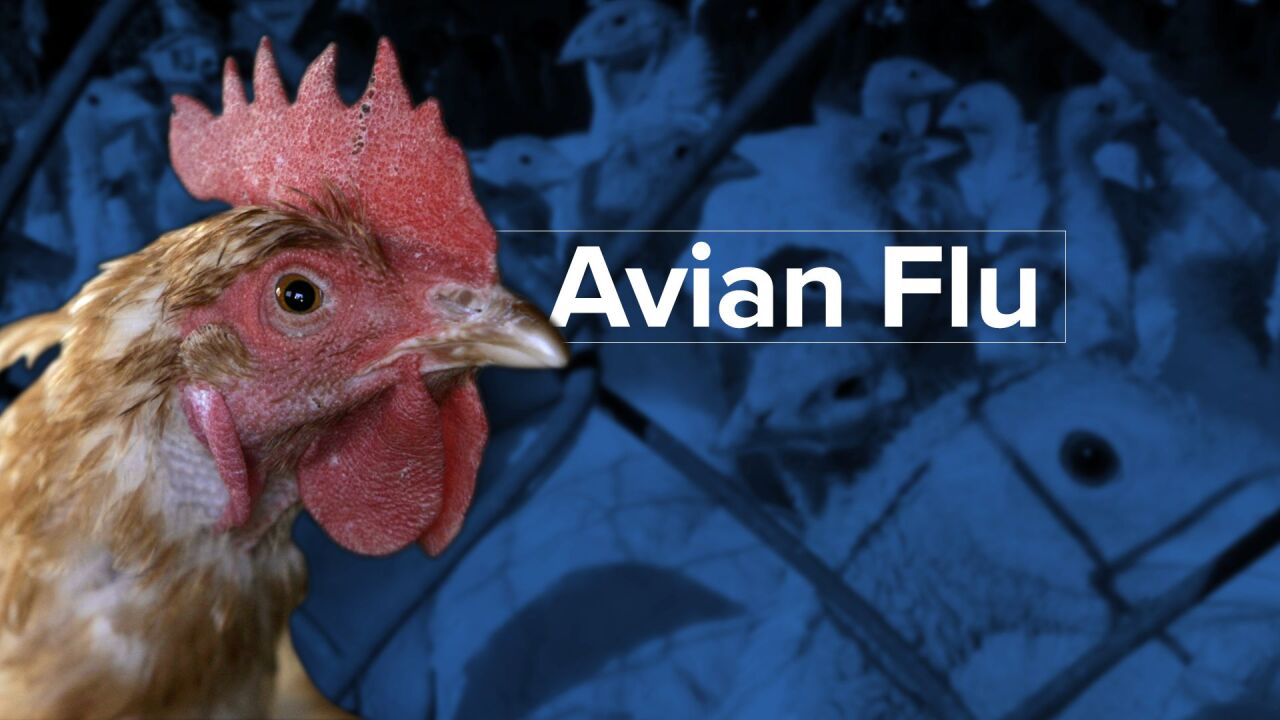GREAT FALLS — Last month, Highly Pathogenic Avian Influenza (HPAI) - commonly known as bird flu - was detected in a commercial poultry flock in Cascade County. The exposed animals were culled and safely disposed of.
The City-County Health Department in Great Falls on Friday, May 13, 2022, said that HPAI has since been confirmed in several additional birds. The affected birds were wild or feral geese, a duck, and a great horned owl, all located in or near Great Falls.
Several people have asked about the waterfowl at Gibson Pond in Great Falls. We were told several weeks ago by Great Falls Park & Recreation that the birds were being tested; on Friday, the agency said they were still waiting for results.
The CCHD said in a news release that human HPAI infections have generally occurred after close and prolonged contact with infected birds or the excretions/secretions of infected birds.
However, human infection is rare and no human infections in Montana have been detected at this time. Montanans should nevertheless avoid handling wild birds and take precautions when handling game birds.
The following precautionary measures should be implemented:
- Prevent contact between wild or migratory birds and domestic poultry, including access by wild birds to feed and water sources.
- House birds indoors to the extent possible to limit exposure to wild or migratory birds
- Limit visitor access to areas where birds are housed.
- Use dedicated clothing and protective footwear when caring for domestic poultry.
- Immediately isolate sick domestic animals and contact your veterinarian or the Montana Department of Livestock.
- Do not touch or handle wild birds or carcasses.
If you must come into contact with birds, maintain good handwashing and other sanitization practices and utilize appropriate personal protective equipment.
Poultry producers should monitor their flocks for sudden onset of illness or sudden death. Common symptoms include swollen eyes, discolored comb or legs, significant drop in egg production, and significant reduction of water or feed consumption.
The Montana Department of Livestock has confirmed HPAI in several other locations, including the following counties: Pondera, Judith Basin, Cascade, Toole, Glacier, Missoula, Fergus, and Gallatin. “Montana continues to be in the crosshairs for HPAI infections from wild birds,” said Marty Zaluski, Montana State Veterinarian. “We hope that people are taking the risk to their poultry flocks seriously.”
MDOL encourages all poultry producers to immediately report sudden onset of illness or high death loss in domestic poultry to their veterinarian or the department at (406-444-2976).
If you find sick or dead wild birds that have died from unknown causes, please contact your local FWP Warden, Biologist or Regional office, or call the FWP wildlife veterinarian (406-577-7880).
Click here for more information about HPAI on the FWP website.
TRENDING ARTICLES
- Attempted "abduction" in GF was not
- Celebrating GF women business owners
- Quake rattles Yellowstone National Park
- Murder suspect at large in Montana
- State-record fish caught in Montana


